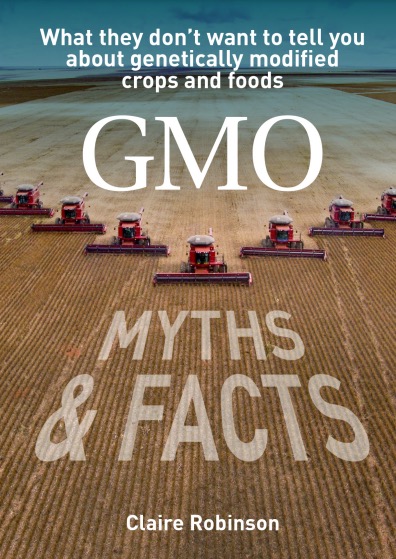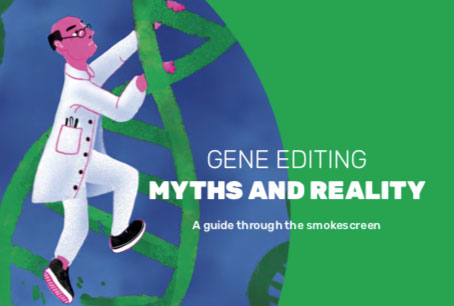Drinking water from abandoned wells where the concentrations of glyphosate and metals are higher and spraying glyphosate increased risk of chronic kidney disease by up to 5-fold
Summary of new study from the web resource, The Sparc (www.thesparc.net):
This week’s highlights include a case-controlled study conducted in Sri Lanka regarding the rising epidemic of chronic kidney disease of unknown aetiology (CDKu) (Jayasumana et al., 2015). A 2014 study by Jayasumana implicated glyphosate and its chelation of metals present in hard water across regions in Sri Lanka. The new study further links glyphosate to the disease, finding that drinking well water, particularly from abandoned wells where the concentrations of glyphosate and metals were significantly higher, along with being male (who are more likely to be farmers) and spraying glyphosate each increased risk of CDKu by up to 5 fold.
—
Drinking well water and occupational exposure to herbicides is associated with chronic kidney disease, in Padavi-Sripura, Sri Lanka
Jayasumana C et al.
Environmental Health
2015, 14:6 doi:10.1186/1476-069X-14-6
http://www.ehjournal.net/content/pdf/1476-069X-14-6.pdf (open access)
Abstract
Background
The chronic kidney disease of unknown etiology (CKDu) among paddy farmers in was first reported in 1994 and has now become most important public health issue in dry zone of Sri Lanka. The objective was to identify risk factors associated with the epidemic in an area with high prevalence.
Methods
A case control study was carried out in Padavi-Sripura hospital in Trincomalee district. CKDu patients were defined using health ministry criteria. All confirmed cases (N = 125) fulfilling the entry criteria were recruited to the study. Control selection (N = 180) was done from people visiting the hospital for CKDu screening. Socio-demographic and data related to usage of applying pesticides and fertilizers were studied. Drinking water was also analyzed using ICP-MS and ELISA to determine the levels of metals and glyphosate.
Results
Majority of patients were farmers (N = 107, 85.6%) and were educated up to ‘Ordinary Level’ (N = 92, 73.6%). We specifically analyzed for the effect modification of, farming by sex, which showed a significantly higher risk for male farmers with OR 4.69 (95% CI 1.06-20.69) in comparison to their female counterparts. In the multivariable analysis the highest risk for CKDu was observed among participants who drank well water (OR 2.52, 95% CI 1.12-5.70) and had history of drinking water from an abandoned well (OR 5.43, 95% CI 2.88-10.26) and spray glyphosate (OR 5.12, 95% CI 2.33-11.26) as a pesticide. Water analysis showed significantly higher amount of hardness, electrical conductivity and glyphosate levels in abandoned wells. In addition Ca, Mg, Ba, Sr, Fe, Ti, V and Sr were high in abandoned wells. Surface water from reservoirs in the endemic area also showed contamination with glyphosate but at a much lower level. Glyphosate was not seen in water samples in the Colombo district.
Conclusion
The current study strongly favors the hypothesis that CKDu epidemic among farmers in dry zone of Sri Lanka is associated with, history of drinking water from a well that was abandoned. In addition, it is associated with spraying glyphosate and other pesticides in paddy fields. Farmers do not use personnel protective equipments and wears scanty clothing due to heat when spraying pesticides.









